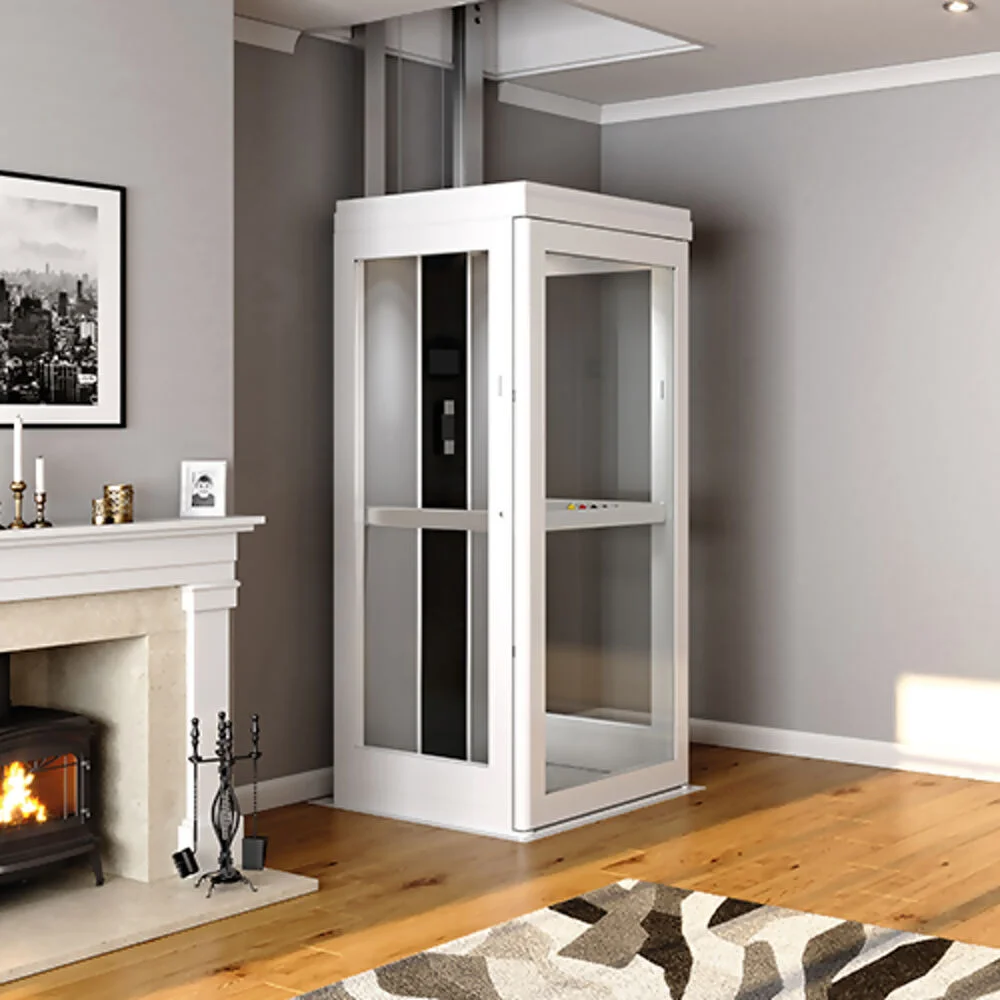Comprehending the Different Sorts Of Lifts and Their Associated Maintenance Challenges
In the realm of building monitoring, the smooth operation of lifts is necessary for ensuring the seamless activity of people within a structure. Elevators, escalators, system lifts, stairway lifts, and upright platform lifts are all integral elements of a structure's facilities that need precise attention to maintenance. Each kind of lift presents its special collection of difficulties, from mechanical malfunctions to governing conformity concerns. By discovering the nuances of these various sorts of lifts and the maintenance hurdles they posture, a deeper understanding can be acquired of the detailed operations behind maintaining upright transport systems running successfully.
Elevators
Elevators play a vital role in upright transportation systems within structures, facilitating reliable motion between various floorings. These mechanized lifts have become an essential attribute in modern infrastructure, allowing the smooth vertical mobility of people and products within high-rise structures. By supplying a risk-free, fast, and convenient ways of transportation, elevators improve availability and benefit for people with varying movement demands.
The style and operation of lifts entail complex design concepts to make certain dependable performance and traveler security. From grip elevators that utilize cables and counterweights to hydraulic systems that depend on liquid stress, various types of elevators use one-of-a-kind advantages based upon the structure's elevation, website traffic patterns, and area restrictions. Regular maintenance and examinations are necessary to maintain elevator capability and stop possible failures that can interfere with structure procedures and inconvenience passengers.
Moreover, developments in lift technology, such as location control systems and energy-efficient functions, remain to optimize upright transport performance while prioritizing traveler comfort and sustainability. As buildings get to greater heights and complexity, elevators stay a basic part of urban development, enhancing vertical connectivity and building performance.

Escalators
Vertical transport systems in buildings are further boosted by the existence of escalators, supplying a corresponding mode of motion between floorings that enhances the functionality of mechanized lifts. Escalators are detailed systems that need specialized upkeep to make certain smooth procedure and security for individuals. Obstacles in escalator maintenance consist of the wear and tear of relocating components, such as steps, handrails, and drive systems, which can lead to malfunctions if not without delay resolved.
Platform Lifts
System lifts, also called wheelchair lifts, are necessary accessibility attributes in structures and public areas, supplying mobility solutions for individuals with physical disabilities. These lifts are designed to securely carry individuals in wheelchairs or with limited movement in between various degrees of a structure. System lifts come in different types, including upright system lifts, inclined system lifts, and portable lifts, each providing to specific architectural and access needs.
Among the primary maintenance challenges related to system lifts is ensuring conformity with security laws and standards. Normal assessments and maintenance checks are essential to guarantee that the lifts run smoothly and firmly. Issues such as defective mechanisms, worn-out components, or electric breakdowns can posture security threats if not promptly attended to. Furthermore, proper training for upkeep personnel is necessary to identify potential problems beforehand and protect against any kind of interruptions in the lift's capability.
Stairway Lifts
A common feature in buildings to enhance accessibility for people with wheelchair challenges, staircase lifts give a practical solution for navigating numerous degrees without the requirement for climbing up stairs - lift repair companies. These devices include a mechanized chair or system that moves along a rail affixed to the staircase, enabling people to be securely carried backwards and forwards the staircases while seated. Staircase lifts are specifically useful for the senior and individuals with impairments, enabling them to keep freedom and gain access to different floors of a structure with simplicity
One view of the primary upkeep difficulties associated with stair lifts is making certain the smooth operation of the moving components. Appropriate upkeep not just prolongs the life expectancy of the staircase lift but likewise ensures the security of its users.
Upright Platform Lifts
When thinking about accessibility services for people with flexibility difficulties, upright system lifts play an essential duty in helping with movement in between different levels within a structure. Vertical platform lifts are created to transfer individuals in wheelchairs or with limited mobility vertically in between floorings. These lifts supply a safe and reliable way for individuals to access different levels without the demand to navigate stairways.
Among the crucial benefits of vertical platform lifts is their flexibility in terms of setup. They can be conveniently incorporated right into existing buildings without the need for extensive architectural modifications. lift repair companies. This adaptability makes upright system lifts a preferred choice for both commercial and household settings
However, like any mechanical system, vertical platform lifts need normal maintenance to ensure ideal performance and security. Common upkeep tasks for vertical system lifts include inspecting and oiling moving parts, screening security functions, and evaluating electric components. Normal maintenance not just extends the lifespan of the lift but additionally assists prevent unexpected break downs that might interrupt ease of access for individuals with wheelchair difficulties.
Final Thought
Finally, understanding the numerous kinds of lifts additional hints and their distinct maintenance challenges is crucial for guaranteeing their secure and efficient procedure. Elevators, escalators, platform lifts, stair lifts, and upright system lifts each require details upkeep procedures to guarantee and prevent malfunctions user safety and security. By acknowledging these distinctions and executing appropriate upkeep practices, structure proprietors and managers can this extend the life expectancy of their lifts and offer a trusted transport alternative for occupants.

However, like any type of mechanical system, vertical system lifts need normal upkeep to guarantee optimal performance and safety. Elevators, escalators, platform lifts, staircase lifts, and vertical platform lifts each call for details upkeep procedures to avoid malfunctions and make sure user safety and security.